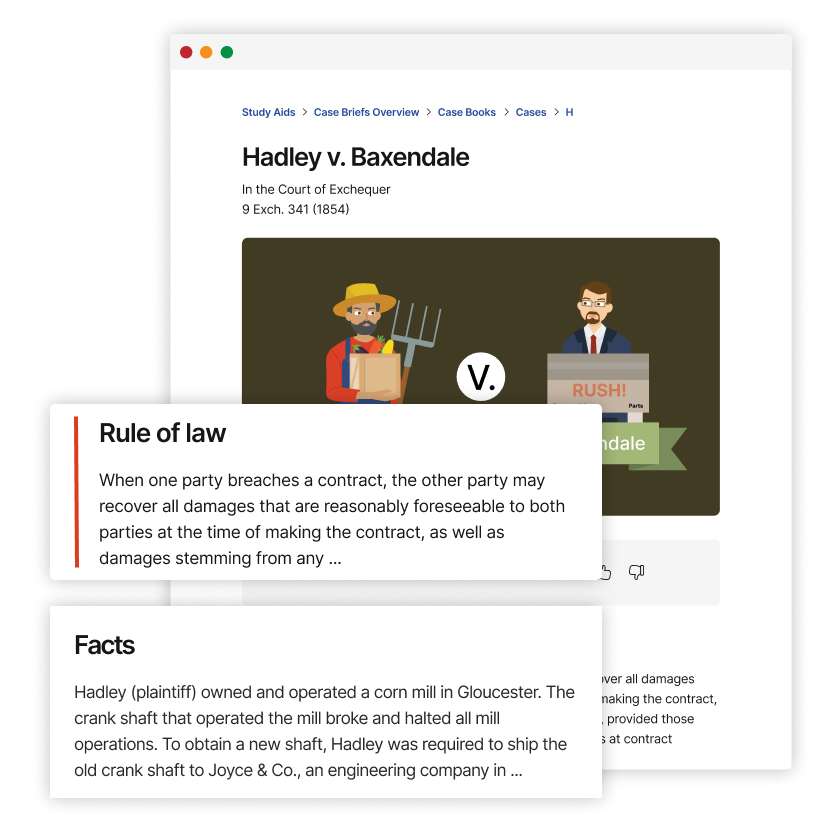St. Paul Fire and Marine Insurance Co. v. Toman
South Dakota Supreme Court
351 N.W.2d 146 (1984)

- Written by Douglas Halasz, JD
Facts
Toman (defendant) planned to sell a removable house at a public auction. Before the auction sale began, the auctioneer informed the potential buyers that the house would need to be removed from Toman’s farmstead under terms to be subsequently negotiated between the buyer and Toman. Van Collins bid the highest for the house and issued a check to the auctioneer. Collins did not receive any written document evidencing the sale. A few days after the sale and before Collins had an opportunity to negotiate the removal-terms with Toman, a fire on Toman’s property destroyed the house. Toman had an insurance policy with St. Paul Fire and Marine Insurance Company (the insurer) (plaintiff) and sought payment pursuant to the policy. The insurer refused to pay Toman on the grounds that he no longer had an insurable interest in the house at the time of the loss and the risk of the loss had passed to Collins. Toman contended that he did have an insurable interest and was, therefore, entitled to payment. During proceedings, Collins testified that he fully understood he would need Toman’s approval before removing the house from Toman’s farmstead. Collins further testified that he had no immediate plans to remove the house because he thought he should first obtain a bill of sale from Toman, and that he knew Toman still occupied the house at least part-time and would require time to move out of the house. The insurer argued that real-property law governed the sale of the house, which negated any insurable interest held by Toman. However, the lower court found that the house constituted a sale of goods governed by the Uniform Commercial Code (UCC) and concluded that the risk of loss had not yet passed to Collins because there was no tender of delivery. Consequently, the lower court awarded Toman the policy amount plus prejudgment interest from the date of the fire.
Rule of Law
Issue
Holding and Reasoning (Hertz, J.)
What to do next…
Here's why 899,000 law students have relied on our case briefs:
- Written by law professors and practitioners, not other law students. 47,000 briefs, keyed to 994 casebooks. Top-notch customer support.
- The right amount of information, includes the facts, issues, rule of law, holding and reasoning, and any concurrences and dissents.
- Access in your classes, works on your mobile and tablet. Massive library of related video lessons and high quality multiple-choice questions.
- Easy to use, uniform format for every case brief. Written in plain English, not in legalese. Our briefs summarize and simplify; they don’t just repeat the court’s language.




